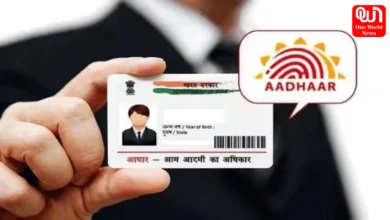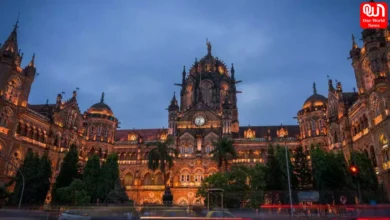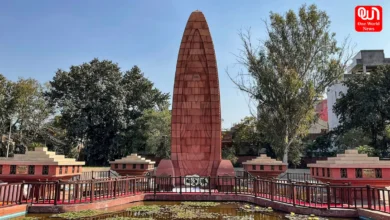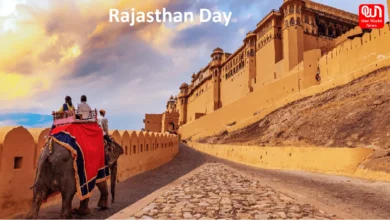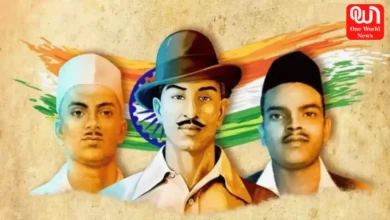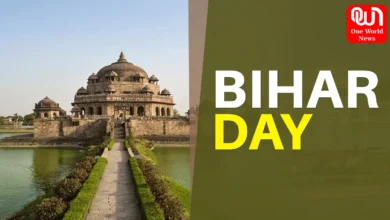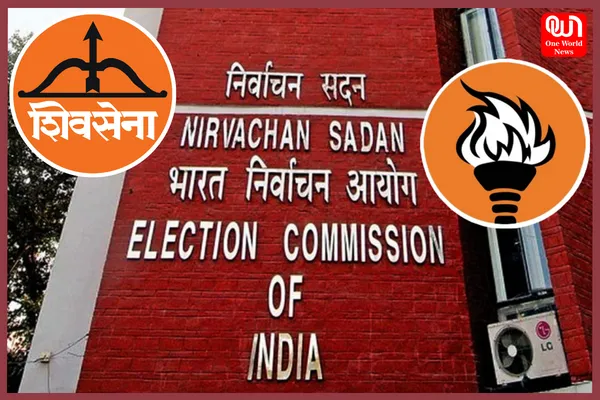
Understanding how Election Symbols are allotted
In light of the recent Shiv Sena Debacle, we take a deep dive to understand how Election Symbols are allotted.
Why are election symbols important?
The moment you think of a Lotus, you think of BJP. The moment you think of a hand, you think of Congress. This ability to link a symbol or object with a political party makes election symbols in the Indian political arena so important.
The election symbols were introduced to make it easier for illiterate voters to cast their votes. India, being one of the biggest democracies and having the second largest population, has a voting poll of more than 900 million people. The country’s elections are conducted every five years, and election symbols play a significant role in the electoral process. These symbols represent political parties and candidates and help voters identify their preferred choice on the ballot paper.
Role of the Election Commission
The Election Commission of India is a constitutional body that is responsible for ensuring free and fair elections in the country. The powers and responsibilities of the Commission come from Article 324 of the Indian Constitution.
The use of election symbols was first introduced in the year 1952 and continues as an important part. In 1968, the law Election Symbols (Reservation and Allotment) Order 1968 was enacted that gave the Election Commission the power to recognise political parties and allot symbols.
In addition to the allocation of election symbols, the Election Commission also sets guidelines for the use of election symbols during the election campaign. Political parties are required to use their allotted symbol in all election-related materials, including posters, banners, and advertisements. The use of symbols in election campaigns is strictly regulated by the Election Commission to ensure a level playing field for all political parties.
How are the symbols allotted, and what does the law say?
To understand the process of allotting symbols, first, we need to understand some important terminologies:
- Reserved symbols- those symbols which are reserved for a recognized political party.
- Free symbol- not reserved for any party.
- A recognized party is a National or State party as recognized by the Commission based on meeting certain criteria.
What happens when two parties give preference for the same symbol?
In such a case the matter is decided by a draw of lots.
Read more- Stock Market Crash in India: Is it an Adani effect?
Can two parties have the same symbol?
Yes, two parties can have the same symbol as long as they are not fighting in the same constituency. It is imperative that the different candidates and parties from the same constituency have different symbols.
What happens when a party splits or there are rival sections in a recognised political party?
Under section 15 of the order, the ECI has the power to decide disputes and allot symbols based on their decision. The decision is taken after considering the facts, and circumstances and hearing both the parties and those involved.
In the Sadiq Ali vs ECI, 1972 case the Supreme Court upheld the principle of ‘test of majority.’ The EC employs the ‘test of majority’ principle to decide these disputes. In this, the EC looks at the number of seats secured by the party or the number of votes cast in their favour to decide who gets the symbol.
What happens in case of a merger?
If two parties decide to merge, the ECI decides if the new party will be a National or State party as well as assign them the symbol. This decision is binding on the newly formed party.
What is the Shiv Sena debacle?
The Election Commission allotted the name ‘Shiv Sena’ as well as the ‘bow and arrow’ symbol to the Eknath Shinde faction based on the ‘test of majority.’ This led to a major uproar in the Uddhav Thackeray-led faction as the symbol had been associated with their party for more than three decades.
The association of the symbol with the party dates back to 1989 when the Election Commission allotted them the symbols.
The Maharashtra political scene is always a very charged one and this has just added more fuel to the fire. With the SC also refusing to stay the order of the ECI, there is nothing much Thackeray can do at this point. It is important to see how he will work towards popularising his symbol of the ‘flaming torch (mashaal)’, reaching the masses and gathering their votes.
Liked this post?
Register at One World News to never miss out on videos, celeb interviews, and best reads.

